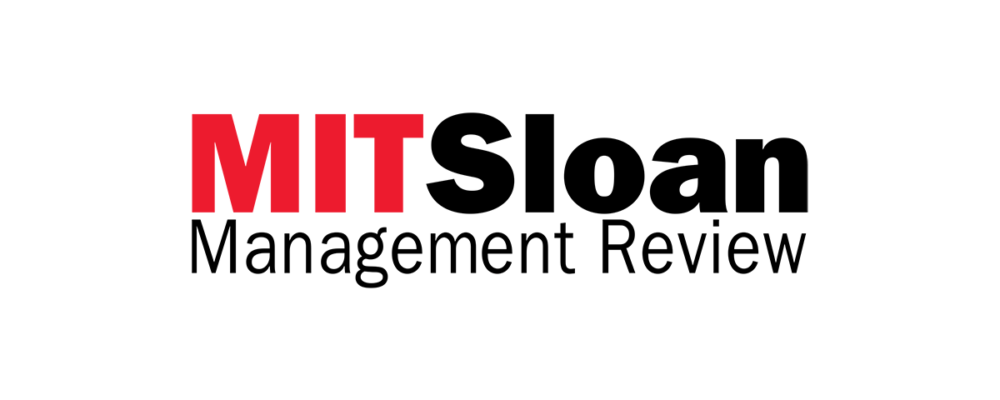Companies that modularize and externalize their best capabilities are in a strong position to seize unexpected opportunities.
Neil Webb/theispot.com
Prediction is hard. The longer the time range — six months, three years, a decade — the less reliable any forecasting becomes. And yet, some companies prosper through extreme uncertainties.
Consider cosmetics giant L’Oréal. When COVID-19 unexpectedly struck the world, consumers rapidly shifted to online platforms. Many companies were unprepared, but L’Oréal quickly adjusted, ramping up digital efforts to offer beauty products and services online. Use of its virtual try-on technology increased by a factor of five, and conversion rates from virtual try-ons tripled. This pivot not only supported consumers but also aided retailers such as Amazon and Sephora, which adopted the technology for their sales of L’Oreal products. In addition, the digital team added functionality that allowed beauty influencers to host livestreaming events on L’Oreal’s own website.
Get Updates on Innovative Strategy
The latest insights on strategy and execution in the workplace, delivered to your inbox once a month.
Please enter a valid email address
Thank you for signing up
L’Oréal’s swift response can be traced back to its 2018 purchase of ModiFace, which develops advanced augmented reality and virtual reality technology for the beauty sector. During the pandemic, it worked with 27 key strategic partners representing 30 countries to make ModiFace available on their websites for applicable L’Oréal brands, facilitating integration via a software development kit. Thanks to its modularized capabilities, the company was able to move quickly to capitalize on unexpected trends in the midst of a highly uncertain environment.
Our ongoing research shows that increased unpredictability and rapidly changing conditions demand that executives strategize at a higher level. Rather than focus solely on products and markets, leaders must develop the ability to discover and act on a company’s options — what is known as optionality — and to scale new initiatives quickly. That will position them to rapidly adjust to unforeseen market shifts, as L’Oreal did.
Increased unpredictability and rapidly changing conditions demand that executives strategize at a higher level.
We see this formula for success in the face of uncertainty playing out across industries — Mastercard in finance, Haier in home appliances, Nvidia and TSMC in chipset design and manufacturing, and Xiaomi in consumer electronics. All have pursued a particular path to growth. They have modularized internal capabilities into plug-and-play, mix-and-match services that partners and clients can build on to grow new market segments. Even Nvidia’s recent success in AI can be traced back to its 2006 launch of a computing platform and related application programming interfaces (APIs) that made it feasible to use Nvidia’s powerful graphics processing units for general-purpose computing.
Reprint #:
“The MIT Sloan Management Review is a research-based magazine and digital platform for business executives published at the MIT Sloan School of Management.”
Please visit the firm link to site






